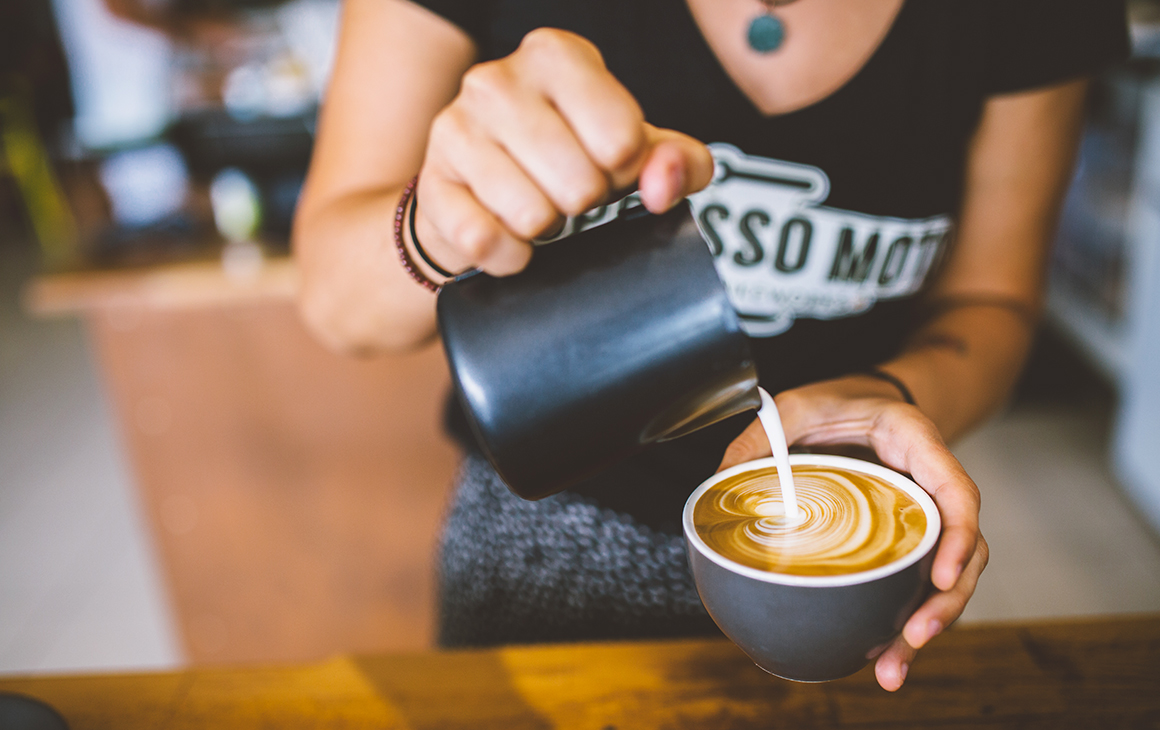Lager is made using a process called brewing and this technique takes on a simple formula. Straight off the brewing process starts with the key to the beer-making process which is malted grain, and this where the distinction of beer taste lies because each region has its own unique malted grain taste if it is barley, rye, or at times wheat.
To begin with, malt id crushed completely in the mill and they are compressed into what’s called grist. Afterwards, the grist is transported using a conveyor into the grist case to be mashed the next day. Mashing comprises the grist being mixed with hot water for it to turn into a mash. The container where this process occurs is what’s called the Mash Tun. This mashing process creates sweet wort which is performed by breaking down the malt starch into sugars and melting them in the liquor that surrounds it. Then they are removed and the extract by-products are put in boiling kettles.
And now, we come to the point where the concoction gets its sour taste. The wort within the kettles are heated to boiling temperature and are kept at that heat strongly and at this temperature, hops are immediately added which gives the beer its sour after taste. Now since boiling is the process and it’s being done vigorously, big quantities of tannin and protein are produced through rain and they’re separated from the bulk of the sour wort along with the used hops. The machine used to try this is called the whirlpool separator. At about that point, odour hops should be added.
Before the wort is pumped into the fermenting vessel, it is first permitted to cool down from ninety degrees Celsius to eighteen degrees Celsius. Some brewing plants have the capacity of harnessing the heat coming out of the wort that’s being cooled and this heat is reused for the mashing process, a good energy recovery process. Now once cooled, yeast is added to start the process of fermentation. This yeast begins to break down the sugar from the malt into carbon-dioxide and alcohol and during this process, yeast significantly multiplies and that’s why towards the end of the fermentation process, thick yeast has formed on the surface. And when the fermentation is done, the yeast is skimmed off and stored to be used for the subsequent brewing process. The lager is now cooled for a week or so and thereafter they are put into casks and / or transferred onto tankers and sent to different areas.
There are still a lot process which this ale product has to undergo including cooling and bottling until it gets sent to bars and groceries until it reaches us and we drink them.

